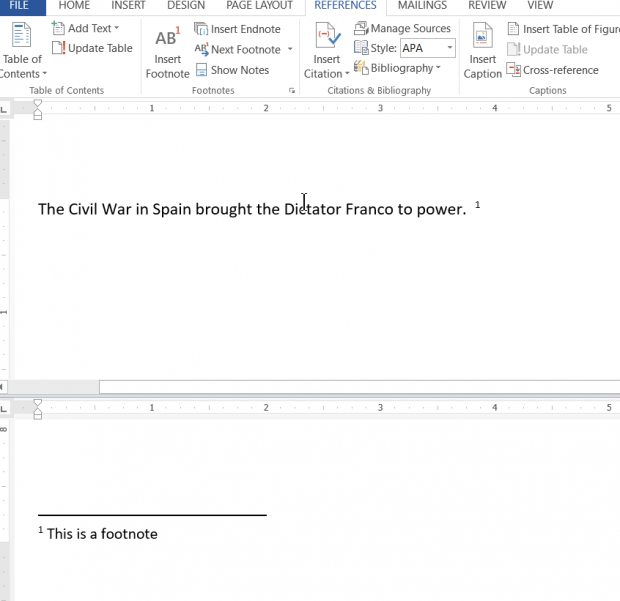


" An Insider's Guide to Navigating the San Francisco Art Scene. Monica Westin, "An Insider's Guide to Navigating the San Francisco Art Scene," Artsy, May 10, 2016, -s-guide-to-navigating-the-san-francisco-art-scene. s-guide-to-navigating-the-san-francisco-art-scene.Ĭhicago, 17th Edition, Notes and Bibliography (2017)ģ. “An Insider’s Guide to Navigating the San Francisco Art Scene.” Artsy, Note: eBooks and online journal articles should be cited as books or articles, with a DOI or URL when possible.

The Chicago Manual of Style (CMS) prefers notations - superscript numbers that denote the use of external sources and refer to corresponding footnotes (at the bottom of the page) or endnotes (at the end of a paper, chapter, or book). If you refer to the author in your text, the author's name does not need to be included in the parentheses. This resource, updated to reflect the MLA Handbook (9 th ed.), offers examples for the general format of MLA research papers, in-text citations, endnotes/footnotes, and the Works Cited page. Quotation marks must be used when you are borrowing exact language (approximately five or more words), but not when you are paraphrasing or summarizing. MLA (Modern Language Association) style is most commonly used to write papers and cite sources within the liberal arts and humanities. MLA uses parenthetical citations, typically the author's last name and a page number. Sources can be virtually any form of information you choose to include in a research project: text from books, articles, or websites, images and photographs, audio, video, artworks, or even tweets. This is not only true when you are using exact language but also when you are paraphrasing or summarizing material. When writing an academic paper, you need to indicate in your text when you are using the words or ideas of an outside source.


 0 kommentar(er)
0 kommentar(er)
